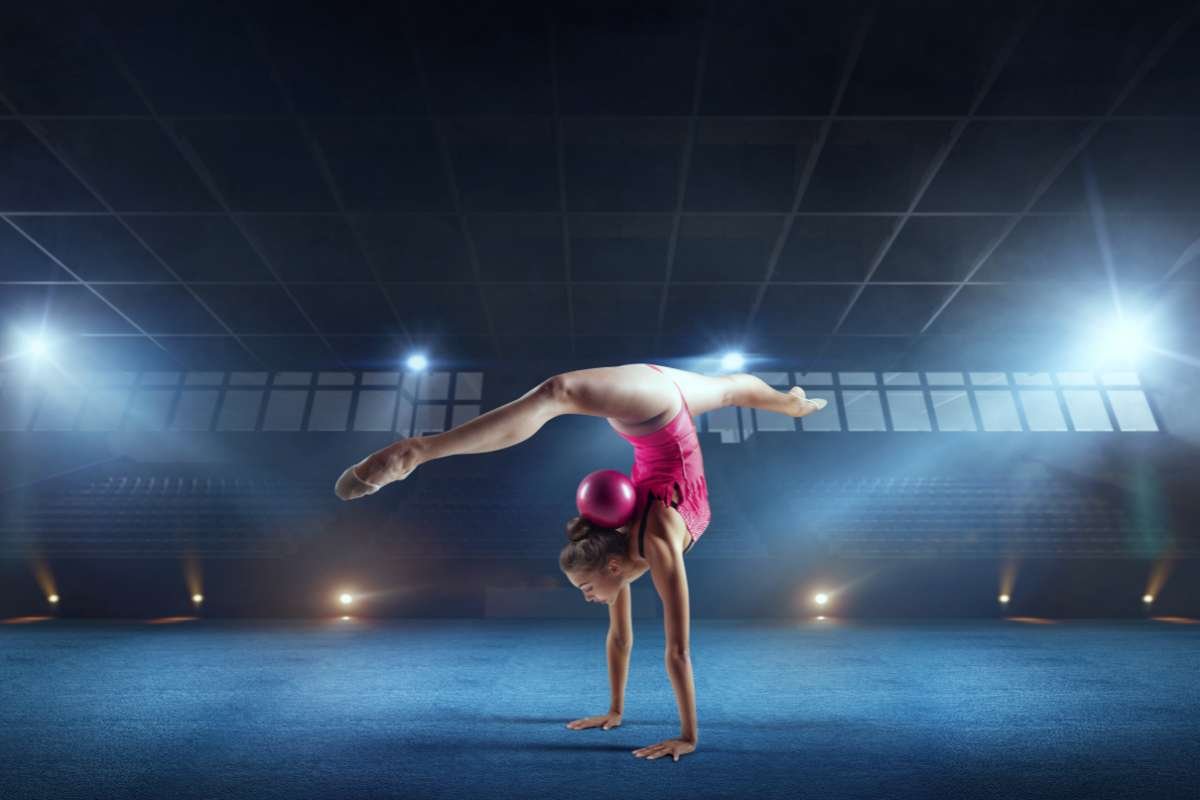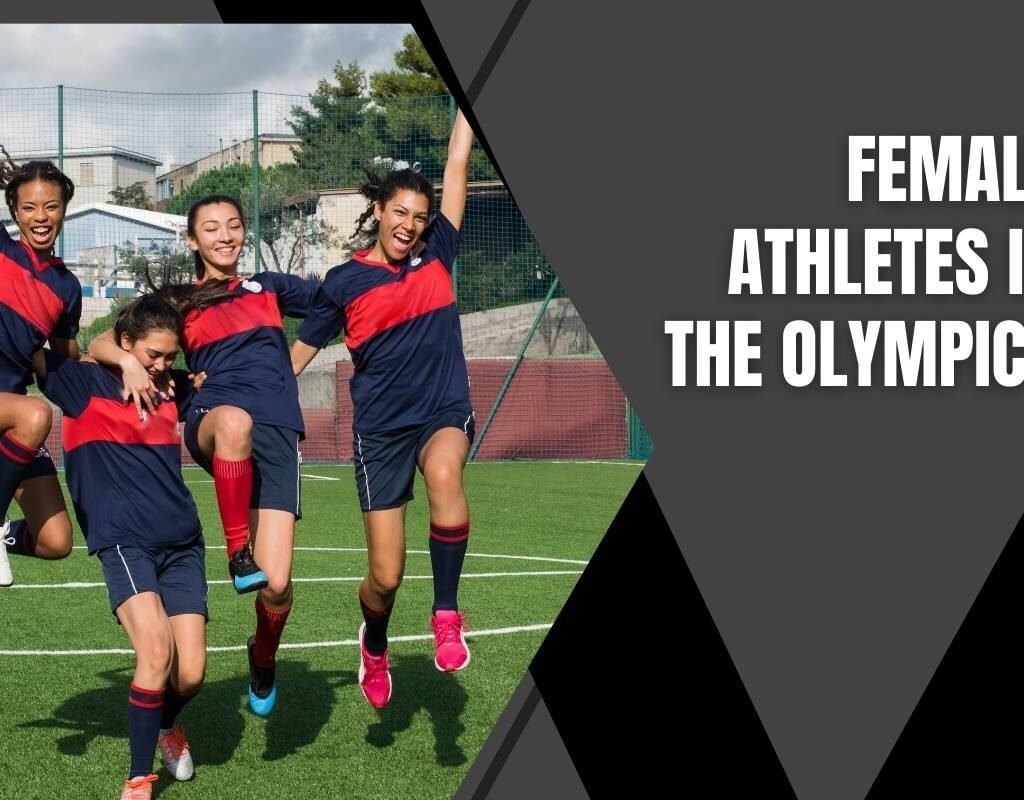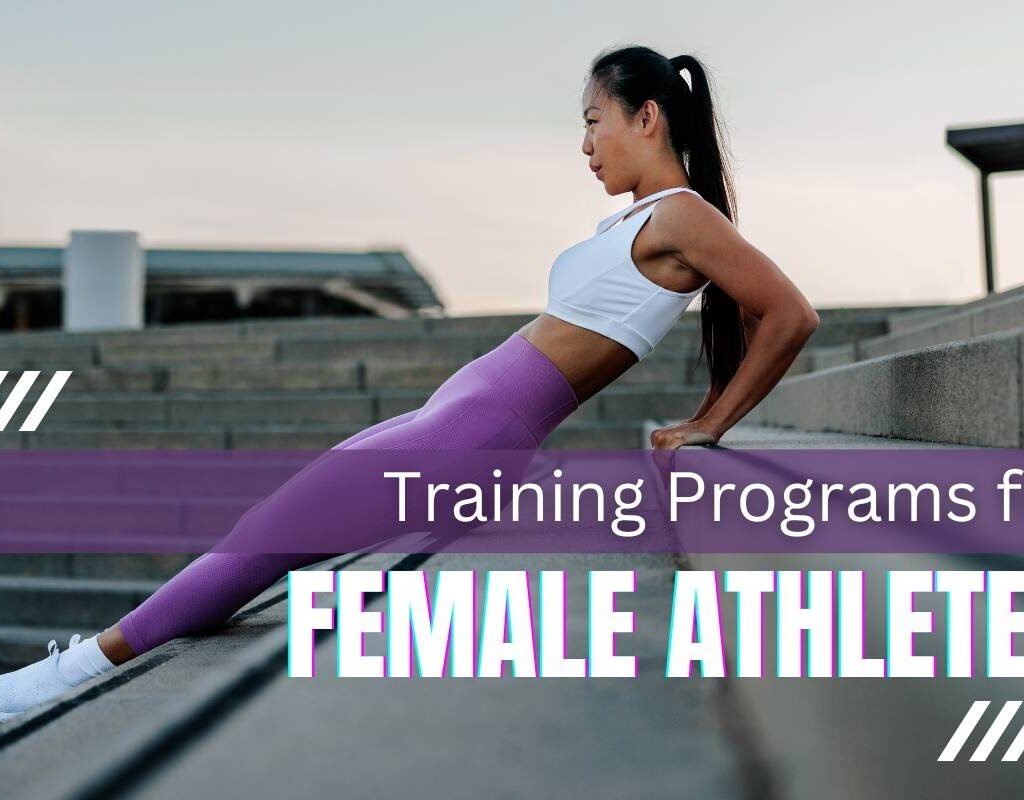Gymnastics feels like a whole new dimension. It’s a sport that combines strength, grace, and incredible control, and you build up gradually. Since nothing can be achieved overnight, a solid foundation and consistent training are required to excel in this sport.
Some might suggest that complex moves like a back walkover are for beginners, but starting with the absolute fundamentals is smarter. We have curated a list of beginner gymnastics skills designed for those just beginning. Mastering these basic moves safely helps you build core strength, balance, and body awareness for all those fantastic, advanced movements later.
10 Fundamental Beginner Gymnastics Skills

1. Forward Roll
A forward roll teaches smooth body rotation and spatial awareness, gently stretching the spine and warming up big muscle groups. It’s also a stealthy fat burner: each roll engages your core, glutes, and legs, raising your heart rate over consistent reps. Leaning into rhythmic repetition, you’ll notice better posture and a sense of flow. This simple skill is often the foundation for beginner gymnastics skills. This move gives you confidence and momentum to explore tumbling. Its weight‑loss benefit comes from a continuous movement that gently burns calories in a fun way.
- Stand or squat, feet hip-width apart.
- Tuck chin to chest.
- Place hands on the mat.
- Push off your feet and roll over your shoulder/back.
- Finish standing or seated.
Pro tip: Use a thick mat and push off gently.
2. Backward Roll
Backward rolls improve coordination and reverse body awareness while activating shoulders, arms, and core. You’ll feel muscles engaging in a fresh direction, building strength for tumbling. The move aids weight management, as repeated backward rolling can burn moderate calories while enhancing upper‑body resilience over time. It is suitable for posture, too; it reverses tightness from forward-leaning activities like desk work.
- Sit or squat, tuck knees to chest.
- Roll back, over shoulders (not head).
- Use your hands to push through your back to a stand.
Pro tip: Keep your chin tucked and slide across your back, not your neck.
3. Cartwheel
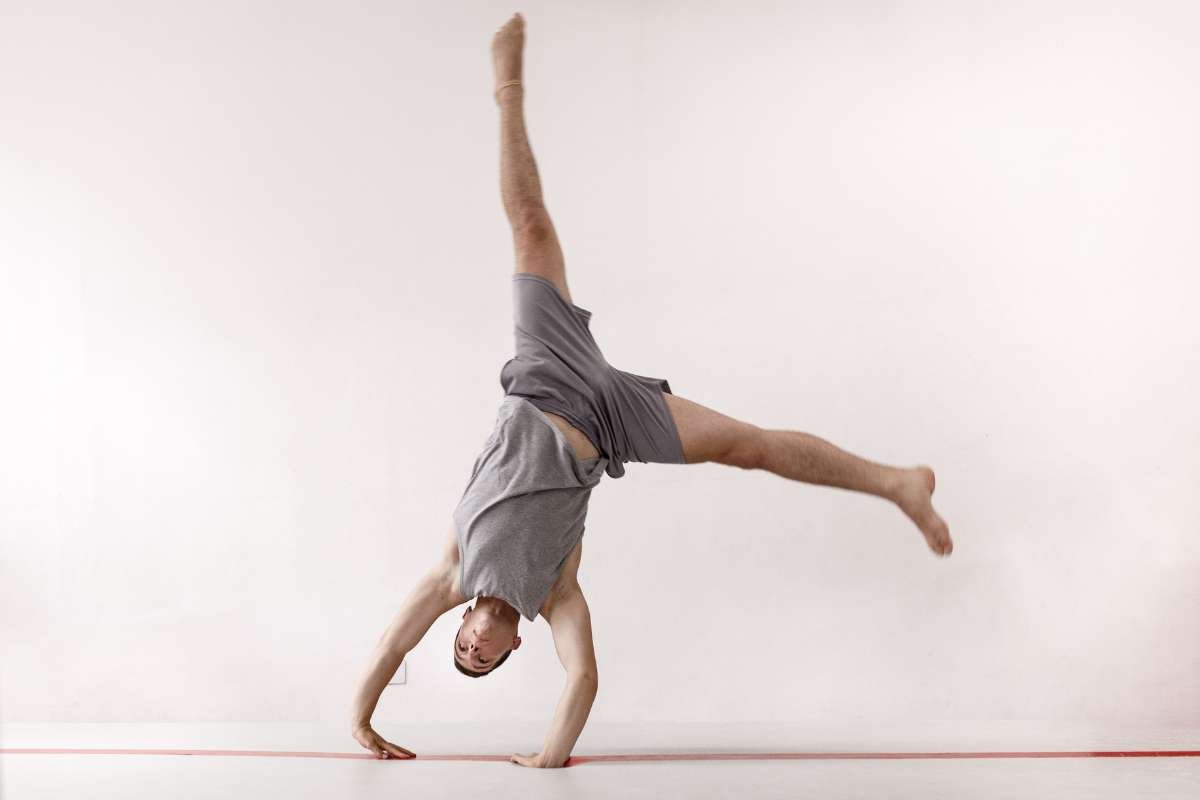
The cartwheel improves shoulder strength, hip mobility, and lateral coordination, all while adding a surprising calorie burn from that fluid, sideways momentum. It stimulates muscles rarely used in traditional workouts, especially the obliques and stabilizers. Rolling into a gym routine with cartwheels works for coordination and helps sculpt a lean, agile body. It’s a joyful, expressive move that lights up your side-to-side control, one reason it’s essential among beginner gymnastics skills. Practicing it consistently makes you feel stronger in everyday movements and blossoming gymnastic flow.
How to do it:
- Begin in a lunge; raise arms overhead.
- Lean into a side reach, plant hands one after the other.
- Kick legs overhead in sequence and finish facing the opposite direction.
Pro tip: Use a wall or spotter for balance support in early attempts.
4. Wall Handstand
Kicking up into a wall-supported handstand builds impressive upper-body strength, shoulders, chest, and core. It’s fantastic for calorie burn: supporting your body weight flips your metabolism, even isometrically. The move demands full-body tension, an all‑around workout that sculpts shoulders, triceps, abs, and glutes. As a core Beginner Gymnastics Skill, it bridges gymnastic fundamentals with full‑body awareness. It rewires your mindset: a new perspective and muscle patterns, all while your heart works gently to sustain the hold. With time, endurance and confidence soar.
How to do it:
- Stand on 1 foot from the wall and face it.
- Hands shoulder-width on the mat.
- Lunge forward; kick one leg, then the other up to the wall.
- Hold a tight body position.
Pro tip: Squeeze glutes and engage core; point toes upward to stay tight.
5. Bridge
The bridge is a deep spine and chest opener, driving back, shoulder, and glute activation. It counters sedentary posture and aids flexibility. Each bridge hold recruits posterior-chain muscles, supporting weight loss through muscular endurance and better posture. Plus, elongated chest and back muscles enhance breathing capacity. As part of beginner gymnastics skills, bridges prepare you for walkovers and advanced backbends.
- Lie on your back, knees bent, feet flat.
- Place hands by ears, fingers toward shoulders.
- Press into feet/hands, lifting chest into an arch.
Pro tip: Warm your spine first with cat-cow movements; don’t force the arch.
6. Straddle-to-Pike Sit
This movement improves hip and hamstring flexibility while engaging your core and back. It’s integral for floor routines, leaps, and tumbling transitions. The deep stretch enhances caloric burn by keeping muscles cultivated over long holds, a mindful weight‑loss contributor. By combining straddle and pike, you build dynamic control and body awareness. It’s fundamental to beginner gymnastics skills, refining alignment and flexibility simultaneously. Improved stretch capacity reduces injury risk, helps everyday movement, and encourages graceful lines across all future gymnastics work.
How to do it:
- Sit in a straddle, legs wide.
- Front hinges at hips, reaching toward toes.
- Reverse back to straddle.
Pro tip: Inhale on opening, exhale on fold, stay relaxed and steady.
7. Tuck Jump
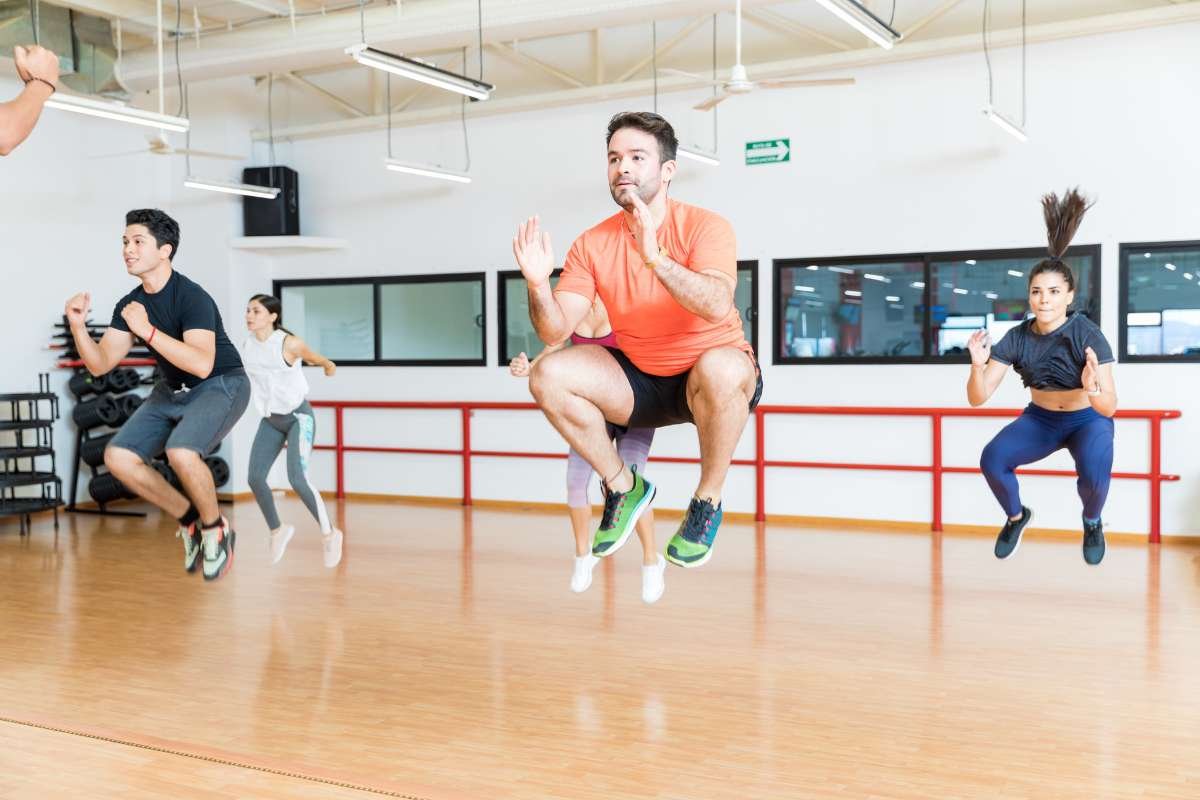
This explosive yet compact Jump builds powerful quads, glutes, and abs, major fat-burning combos. Each tuck jump adds calorie-scorching bursts and teaches knee control on landing. It’s dynamic and playful, fitting into any gymnastic or cardio workout. Among beginner gymnastics skills, the tuck jump introduces vertical power and motor coordination while sculpting the core. The repeated knee pulls crank your metabolic rate, and the soft landings strengthen stabilizers, perfect for joint resilience. Over time, you’ll notice a tighter midsection and boosted lower-body strength.
How to do it:
- Stand tall, arms by your sides.
- Explode upward, tuck knees into the chest.
- Land softly with bent knees.
Pro tip: Land quietly, no thumping, knees softly bent to absorb impact.
8. Straight Jump
The straight Jump boosts total-body tension while training posture and controlled alignment. It engages calves, thighs, core, and shoulders, an aerobic move that raises heart rate steadily. Repeating this move adds endurance, muscle tone, and calorie burn in a low-impact way. In beginner gymnastics skills, straight jumps sharpen coordination and are perfect for take-off/landing techniques, vital for vaulting and floor routines. It’s simple, effective, and scalable by adding height or reps. With intent, each Jump strengthens alignment and body confidence.
How to do it:
- Stand tall, arms overhead.
- Jump straight up, keeping your body tight.
- Land softly with knees bent.
Pro tip: Press through toes on take-off; keep arms straight to guide posture.
9. Star Jump
Star jumps combine cardio bursts and full-body extension, arms, legs, and core all engage. Each rep elevates your heart rate, improving aerobic fitness while sculpting lean muscles. In beginner gymnastics skills, star jumps introduce explosive expression and rhythm, and are best for warm-ups or conditioning. The full‑body openness also supports better breathing and mood, as the energetic movement releases endorphins. Regular practice improves your coordination, stamina, and muscle definition.
How to do it:
- Begin standing.
- Jump into a wide “X” shape, legs and arms out.
- Close back to neutral.
Pro tip: Land softly with knees bent and feet shoulder-width apart.
10. Arabesque Balance
This standing balance strengthens the glutes, lower back, and core while improving hip control and posture. It challenges your coordination and mindset, and holding time improves focus and stability. The engaged glute work supports calorie burn and toning. In beginner gymnastics skills, the arabesque builds poise and graceful alignment, preparing you for beam and dance elements. The deep stretch in the lifted leg also aids flexibility. With practice, it’s a gateway to confidence, elegance, and refined body awareness.
How to do it:
- Stand tall, arms out/overhead.
- Lift one leg behind, keeping your torso upright.
- Hold steady for a set time.
Pro tip: Choose a focal point (“spot”) on the floor to maintain balance.
14 Common Gymnastics Floor Moves
- Round-Off: The Cartwheel with a twist, lands facing the start direction. It builds tumbling momentum, shoulder power, and speed. It is ideal for connecting to handsprings or flips.
- Back Extension Roll: Backward roll with a bridge-like arch. Enhances spinal flexibility, core engagement, and fluid back tumbling transitions.
- Back Walkover: From standing on the bridge, the legs walk over to stand. Improves shoulder/back strength and bridge-to-tumbling readiness.
- Front Walkover: Forward bridge walkover into the stand. Enhances flexibility, core control, and confidence with forward backbends.
- Front Handspring: Powerful front flip from momentum. It builds explosive leg push and shoulder stability.
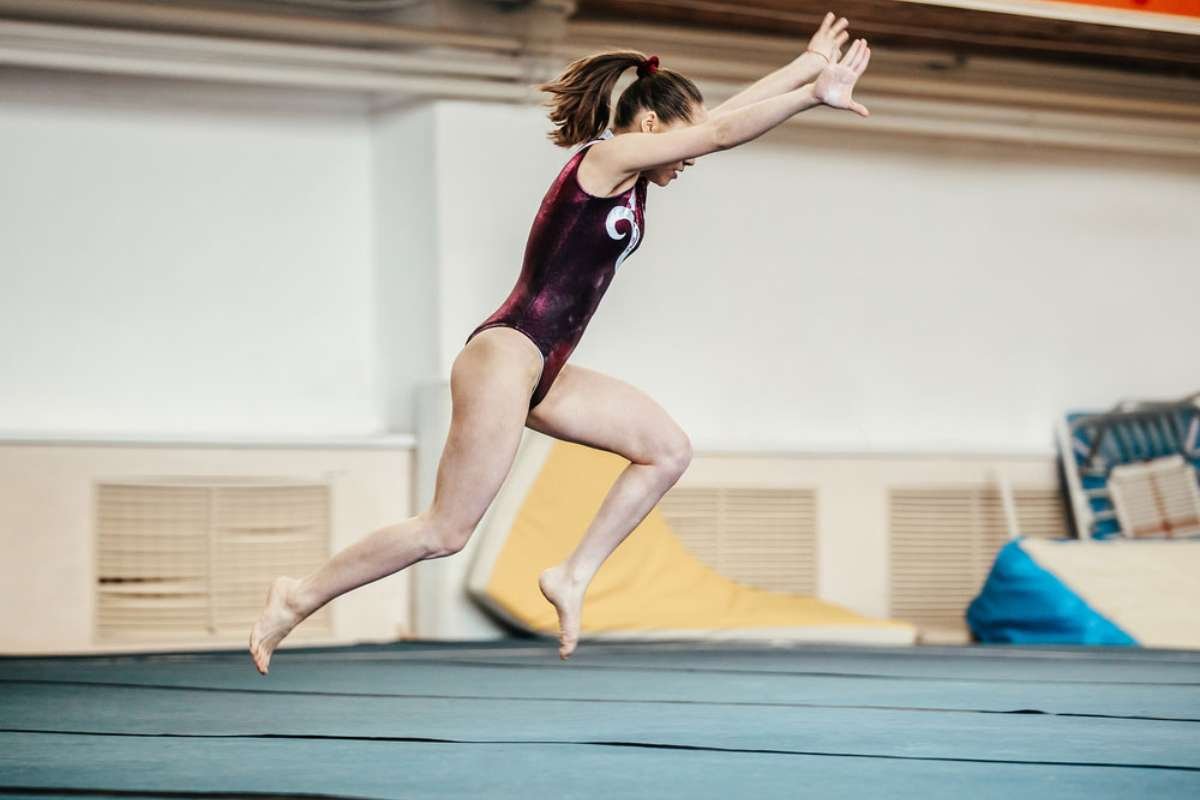
- Back Handspring: Rear-facing flip push-off. Great for dynamic shoulder/core strength and flow in tumbling.
- Aerial Cartwheel: Cartwheel without hands. Requires strong legs, hip drive, and aerial control, an impressive cardio move.
- Back Layout: Fully extended backflip. It builds core tension, spatial awareness, and advanced tumbling control.
- Front Layout: Straight front flip. Strengthens core, shape, and aerial control.
- Split Leap: Leap into a full split in mid-air. Improves split flexibility and leg strength.
- Straddle Jump: Jump into a straddle split. It builds hip flexibility, coordination, and explosive power.
- Half Turn: 180° jump-turn. It builds air orientation and movement precision.
- Cartwheel to Side Aerial: The cartwheel connects into a no-handed aerial. Boosts advanced skill integration and hip power.
- Two-Foot Take-Off Jump: Vertical Jump from both feet. Strengthens posture and leg stamina through controlled landing.
Don’t Miss: Who Has the Most Olympic Medals by Country?
4 Common Balance Beam Skills
- Beam Walk: Heel-to-toe walks along a narrow beam. Enhances focus, posture, and balance in a steady, calm rhythm.
- Duck Stand: Squat, then stand upright. Builds calf and thigh strength while training composure and precision.
- Beam Kick-Up to Handstand: Kick into a handstand on the beam. Develops core strength, shoulder alignment, and mental focus.
- Beam Arabesque: Hold the arabesque on the beam. Strengthens single-leg balance, glutes, and body control under narrow pressure.
Conclusion
How every slight movement trains your entire body and mind sets gymnastics apart. You burn calories, improve posture, sharpen focus, and learn how to move with purpose. You don’t need fancy equipment or elite training to start. These beginner gymnastics skills help you kickstart your goals. Each of these moves is essential for laying the groundwork for more advanced gymnastics skills. They help young gymnasts build strength, improve flexibility, enhance coordination, and boost confidence.

